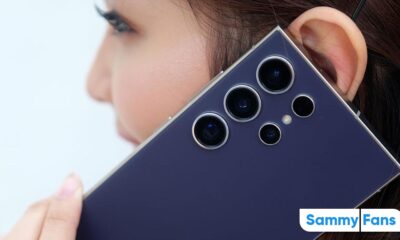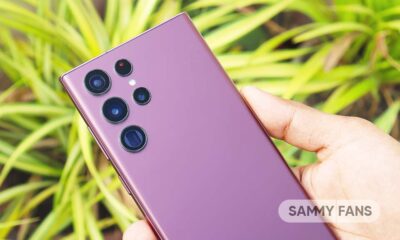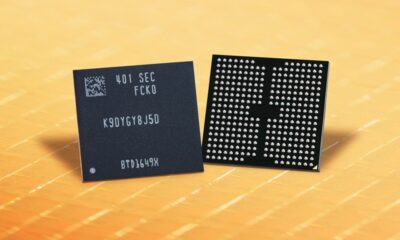Technology
Samsung unites with chipsets, cloud platforms and servers providers to expand the 5G vRAN

On March 1st, 2022, Samsung announced that they are going to continue its collaboration in enhancing the new communication technology along with other leading technology innovators of the world. Also, it’s reported that they are working on the new 5G vRAN ecosystem.
According to the report, Samsung is working with Dell, HPE, Intel, Red Hat, and Wind River together in a collaborative environment on 5G vRAN communication technologies which will eliminate the need for small RAN.
Join SammyFans on Telegram

It has the advantage of scalability, flexibility, and carrier-grade performance along with easier management and reliability from the previous RAN network.
vRANs are the medium or a way for telecommunications operators to run baseband functions in a form of software. This Virtualized network does not need any special proprietary hardware to run on because it can run on the standard servers.
This is achieved by applying the principles of Virtualization on already existing Radio Access Networks, which usually act only as one part of larger network functions.
As we all know Samsung is the global leader in providing the fully virtualized 5G network and its achievements are now surely driven by this new Virtualized Radio Accessible Network.
This is going to provide some significant benefits, as Samsung is seeing this as an important transformational opportunity that is going to be 44% more efficient in terms of the total cost of ownership.
In a previous press release, Red Hat and Samsung have released their surveyed data that this virtualized network functioning will reduce the operational cost and could save up to 462,500 US Dollars every year. Additionally, we will have a 45% faster development cycle, and 79% of less unplanned downtime or outage.
Nowadays, along with Virtualization options, the communication service providers are moving towards the cloud-based architecture to increase their efficiency, performance, and security and the Independence of deploying the architecture in the chosen vicinity.
To Boast yourself, keep reading our posts, we will be updating you more on virtualization and CSPs in the future.
News
Samsung launches two eco-friendly battery packs
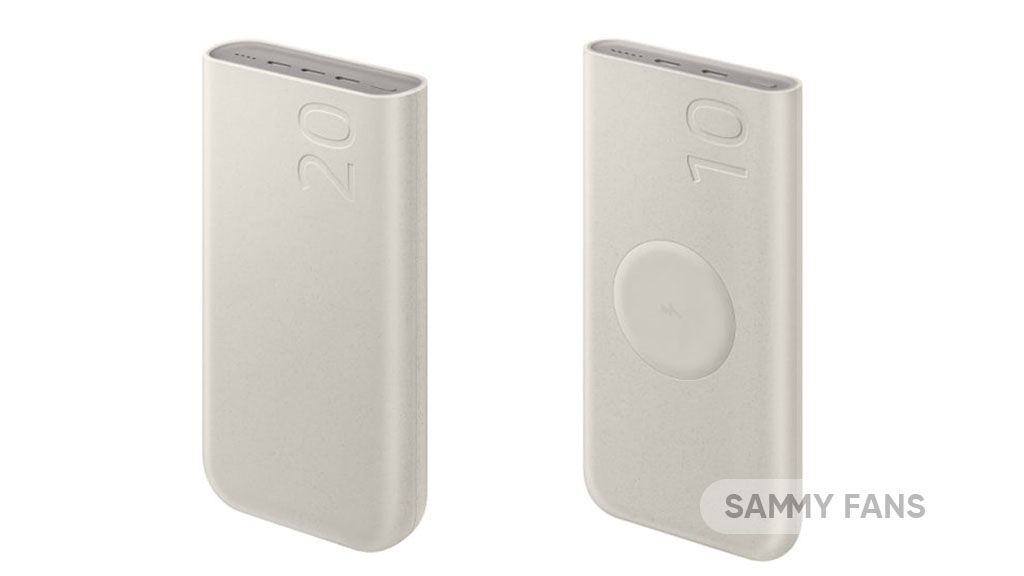
Samsung has unveiled two new battery packs with powerful performance using recycled materials. The launch, scheduled for the 19th, introduces the PD Battery Pack 20,000 mAh and the PD Wireless Charging Battery Pack 10,000 mAh. Both of these battery incorporate 30% UL-certified recycled plastic in their design, marking a stride in reducing carbon emissions.
The ‘PD Battery Pack 20,000 mAh’ offers a high capacity for charging, with a maximum output of 45W and three USB-C ports, allowing for simultaneously charging multiple devices. However, the actual charging speed may vary based on several factors, including the devices connected and charging conditions.

On the other hand, the ‘PD Wireless Charging Battery Pack 10,000 mAh’ provides the convenience of wireless charging, along with a wired charging capability of up to 25W. It comes with two USB-C ports, making it possible to charge up to three devices at once when combining wired and wireless charging.

Both battery packs comply with the USB PD 3.0 standard, ensuring quick and efficient charging for Samsung Galaxy products and other compatible devices.
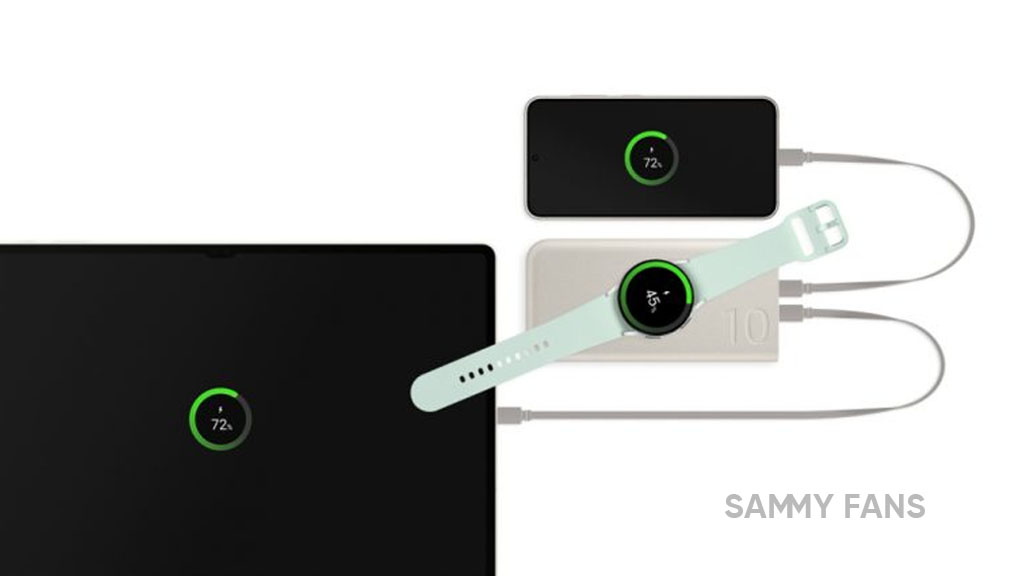
Technology
A new on-device AI memory is on the way: LPDDR6 standard will be finalized in Q3 2024

The LPDDR6 market is expected to bloom as early as next year, as the new on-device AI memory is on the way with the latest LPDDR6 standard finalization taking place in Q3 2024. If the standard is confirmed in the third quarter, LPDDR will secure a new standard for the first time in five years.
Going toward the details, the International Semiconductor Standard Organization (JEDEC) recently held discussions on the next-generation mobile RAM standard. The meeting proceeded with the finalization process to finalize the LPDDR6 standard.
An official in the semiconductor industry said,
- “We have held various discussions to confirm the LPDDR6 standard specification,” and it will be released in the third quarter of this year.”
To be mentioned, the JEDEC is a private organization that establishes semiconductor standards, that is, sizes and specifications, and more than 60 people from memory, system semiconductor, and design asset (IP) companies participated in this Lisbon meeting.
Follow our socials → Google News | Telegram | X/Twitter | Facebook | WhatsApp
Furthermore, the LPDDR6 standard will be established with a focus on improving data processing performance as the demand for on-device AI to perform large-scale AI calculations on smartphones, laptops, and tablet PCs is rapidly increasing. In addition, the power consumption standard will also be improved.
However, once the LPDDR6 standard is confirmed, major memory manufacturers such as Samsung Electronics and SK Hynix are expected to begin commercializing their products in earnest.

Technology
Microsoft unveils Copilot for Finance to simplify Excel and Outlook tasks

Microsoft has announced the launch of a new AI chatbot that can help finance workers with common tasks in Excel and Outlook. The Copilot for Finance is currently in public preview and will be available for purchase soon.
The Copilot for Finance is part of Microsoft’s vision to empower every department with a Copilot, a smart assistant that can generate natural-sounding text or other content with minimal human input.
Follow our socials → Google News | Telegram | X/Twitter | Facebook | WhatsApp
As per the information (via CNBC), the Copilot for Finance can perform functions such as variance analysis, data reconciliation, and collections process in Outlook, using data from SAP and Microsoft Dynamics 365. Microsoft plans to add more features to the Copilot for Finance later this year.
Microsoft’s corporate vice president Charles Lamanna said that the Copilot for Finance was developed with input from Microsoft’s finance department. He also said that the Japanese advertising agency Dentsu will be one of the first customers to use the Copilot for Finance.






